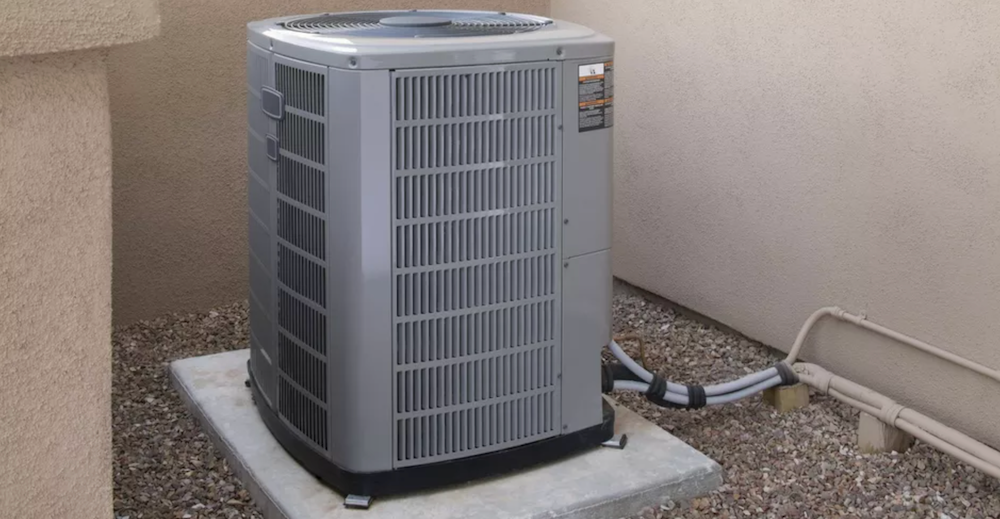How Many Watts Does A Central Air Conditioner Use
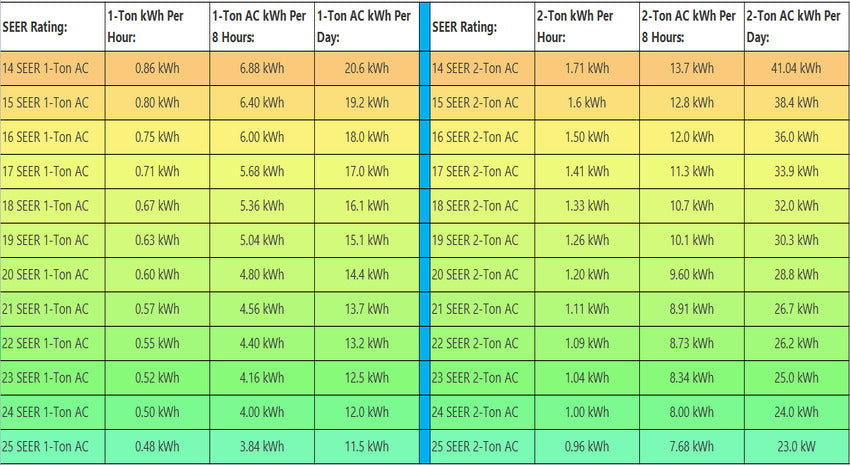
As summer temperatures soar, the hum of central air conditioners becomes the soundtrack of modern living. But behind that cool comfort lies a significant energy draw, impacting both your wallet and the environment. Understanding how many watts your central air conditioner uses is the first step towards managing energy consumption and potentially saving money.
This article delves into the power consumption of central air conditioners, exploring the factors that influence wattage, providing practical tips for optimizing energy efficiency, and examining the future of cooling technology.
Understanding Wattage and Central AC Units
The power consumption of a central air conditioner is typically measured in watts (W) or kilowatts (kW), with 1 kW equaling 1000 W. A central AC unit's wattage indicates the amount of electricity it needs to operate.
Several factors influence this wattage, including the unit's size, efficiency, and usage patterns.
Key Factors Affecting Wattage
Size (BTU Rating): The size of an AC unit is measured in British Thermal Units (BTU). A larger BTU rating indicates a more powerful unit designed to cool a larger space.
Consequently, larger BTU units generally consume more watts. For example, a 2-ton (24,000 BTU) AC unit will typically use more watts than a 1.5-ton (18,000 BTU) unit.
Efficiency (SEER Rating): The Seasonal Energy Efficiency Ratio (SEER) rating measures an AC unit's cooling efficiency. A higher SEER rating signifies a more efficient unit that uses less electricity to provide the same amount of cooling.
Units with higher SEER ratings are generally more expensive upfront, but they can save you money on your energy bills in the long run. According to the U.S. Department of Energy, upgrading to a higher SEER rated unit is a great way to reduce energy cost.
Usage Patterns: How often and how long you run your AC unit significantly impacts its overall wattage consumption. Running the AC continuously at a low temperature setting will consume more power than using it intermittently or at a higher temperature.
Typical Wattage Ranges
While the specific wattage varies depending on the factors mentioned above, here are some general ranges to provide a rough estimate.
A small central AC unit (1.5-2 tons) might consume between 1500 to 2000 watts while running. A medium-sized unit (2.5-3 tons) could use 2000 to 3500 watts.
Larger units (3.5-5 tons) can draw anywhere from 3500 to 5000 watts or more. These figures represent the running wattage, which is different from the start-up wattage.
Start-up wattage, the power required to initially start the compressor, can be two to three times higher than the running wattage.
Calculating Energy Consumption and Costs
To estimate your AC unit's energy consumption, you can use a simple formula: Wattage x Hours of Use per Day / 1000 = Kilowatt-hours (kWh) per Day.
Multiply the kWh per day by the number of days in a month to get the monthly kWh consumption. Then, multiply the monthly kWh consumption by your electricity rate (usually expressed in cents per kWh) to estimate your monthly cooling costs.
For example, if your AC unit uses 2500 watts and runs for 8 hours a day, the daily consumption would be (2500 x 8) / 1000 = 20 kWh.
If your electricity rate is $0.15 per kWh, your daily cost would be 20 kWh x $0.15 = $3.00.
Strategies for Optimizing Energy Efficiency
Fortunately, there are several steps you can take to reduce your central AC unit's energy consumption and lower your cooling costs.
Regular Maintenance: Ensure your AC unit is properly maintained by cleaning or replacing air filters regularly. Dirty filters restrict airflow, forcing the unit to work harder and consume more energy.
Schedule annual professional maintenance to check for leaks, clean coils, and ensure optimal performance.
Smart Thermostat: Invest in a programmable or smart thermostat. These thermostats allow you to set different temperatures for different times of the day, reducing energy waste when you're away or asleep.
Smart thermostats can even learn your preferences and adjust the temperature automatically.
Seal Air Leaks: Seal any air leaks around windows, doors, and ductwork. Air leaks allow cool air to escape and warm air to enter, forcing your AC unit to work harder to maintain the desired temperature.
Caulk, weatherstripping, and insulation can effectively seal these leaks. Addressing air leaks can improve efficiency by up to 20%, says the EPA.
Use Ceiling Fans: Ceiling fans can help circulate cool air, allowing you to raise the thermostat temperature without sacrificing comfort. Fans consume significantly less energy than AC units.
Consider Energy-Efficient Upgrades: When it's time to replace your AC unit, opt for a model with a high SEER rating. While the upfront cost may be higher, the long-term energy savings can be substantial.
The Future of Cooling Technology
The cooling industry is constantly evolving, with new technologies emerging to improve energy efficiency and reduce environmental impact. One promising area is the development of more efficient compressors.
Variable-speed compressors, for example, can adjust their cooling output based on the actual demand, consuming less energy during periods of low demand. Another area of innovation is the use of alternative refrigerants with lower global warming potential.
Traditional refrigerants contribute to climate change. Switching to more environmentally friendly refrigerants can significantly reduce the environmental impact of cooling systems.
Smart home integration is also playing a larger role in cooling technology. Smart AC units can be controlled remotely, allowing you to adjust the temperature and monitor energy consumption from your smartphone or other devices.
Conclusion
Understanding the wattage consumption of your central air conditioner is crucial for managing energy costs and reducing your environmental footprint. By considering factors such as size, efficiency, and usage patterns, you can estimate your energy consumption and identify opportunities for improvement.
Implementing energy-saving strategies like regular maintenance, smart thermostats, and sealing air leaks can significantly reduce your cooling costs. As technology continues to advance, expect even more energy-efficient and environmentally friendly cooling solutions to emerge, paving the way for a cooler, more sustainable future. It is best to contact HVAC professionals for the most accurate and safe measures.

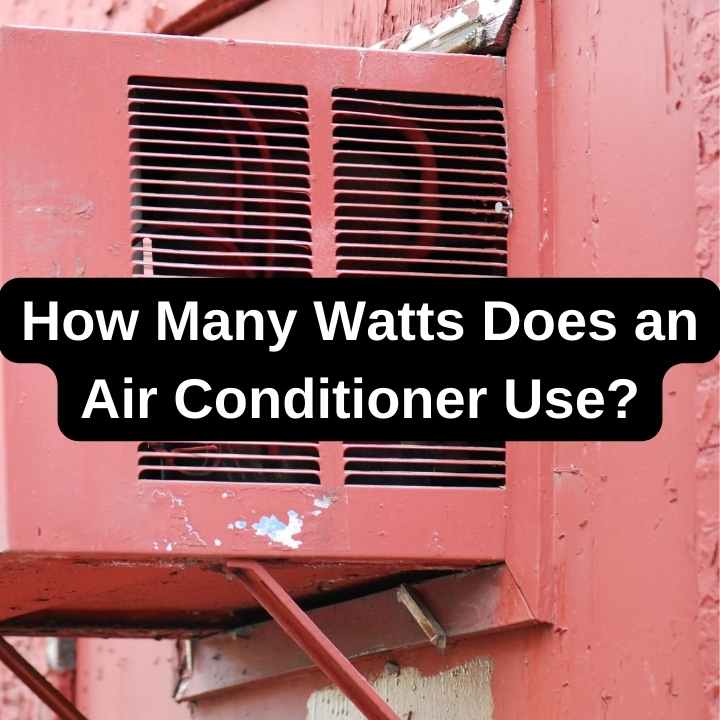



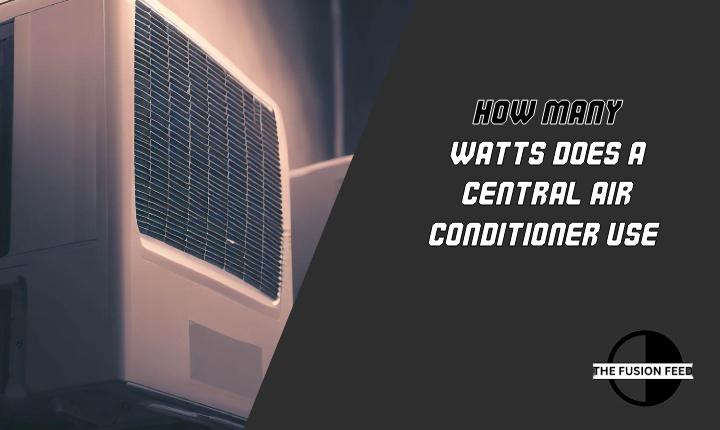


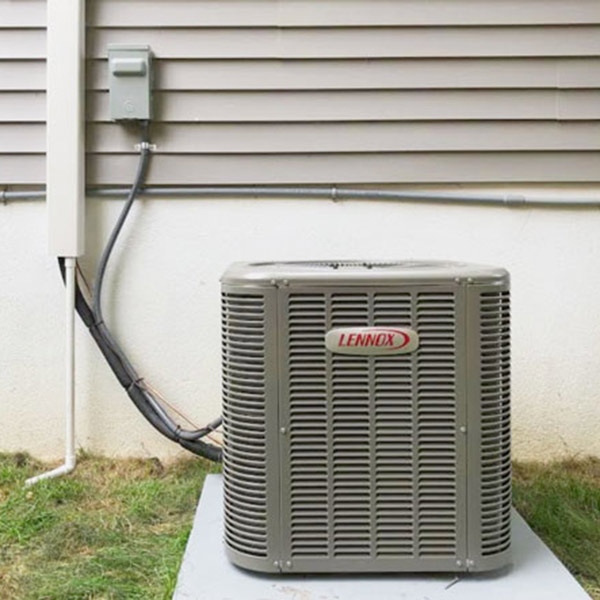
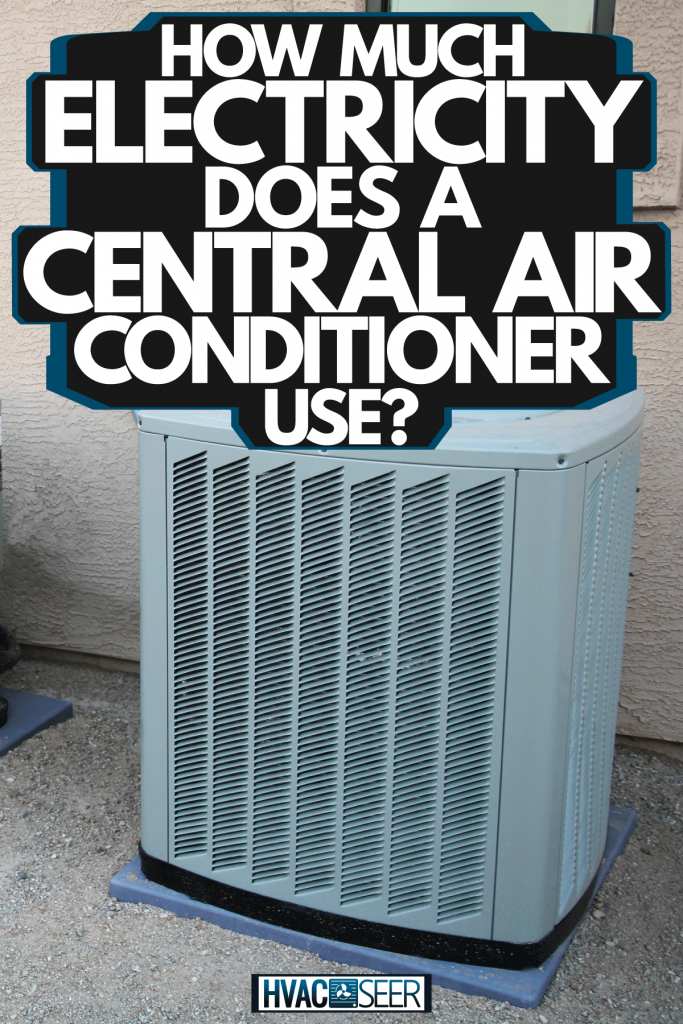



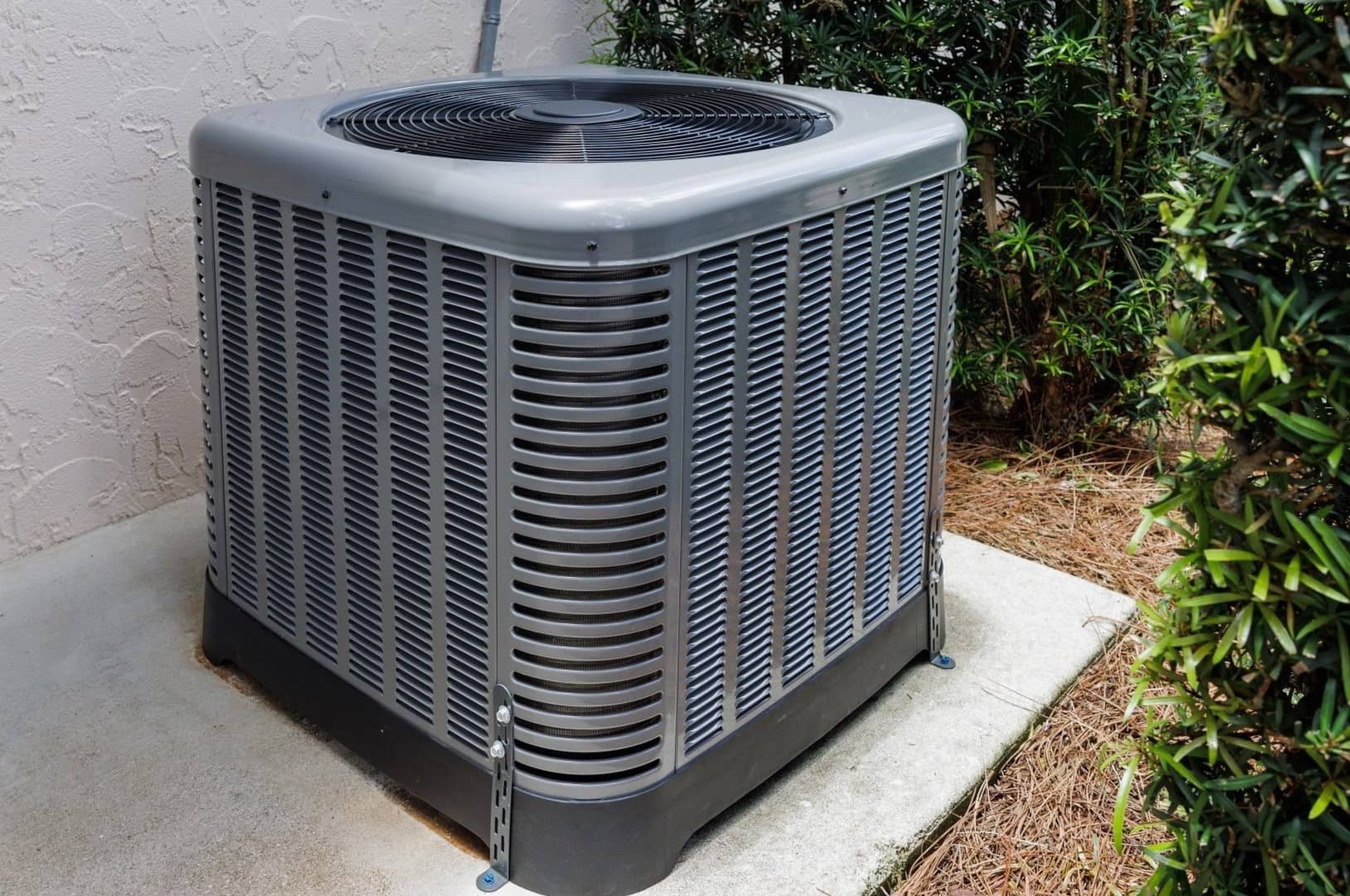

![How Many Watts Does A Central Air Conditioner Use Window AC Wattage [2024 Study | Most Efficient & Lowest W]](https://ecocostsavings.com/wp-content/uploads/2022/04/window-ac-room-size-chart-768x1920.jpg)
